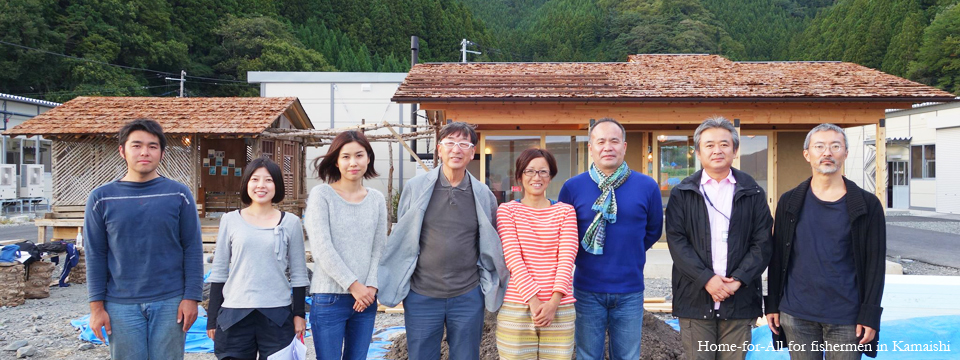


日本語 / ENGLISH

The Fisherman’s Union of Shinhama-cho, Kamaishi City, Iwate Prefecture was about to resume meetings after a hiatus caused by the March 2011 tsunami that hit Japan’s Tohoku region. But, their former office was destroyed and they were struggling to a find a large enough community space to meet with fellow fishermen, town residents, and visitors. This is when the vision for the Home-for-All for fishermen in Kamaishi was born. NCS looks forward to collaborating with Kamaishi residents and the Fishermen’s Union in creating a symbol of Kamaishi’s economic revitalization.